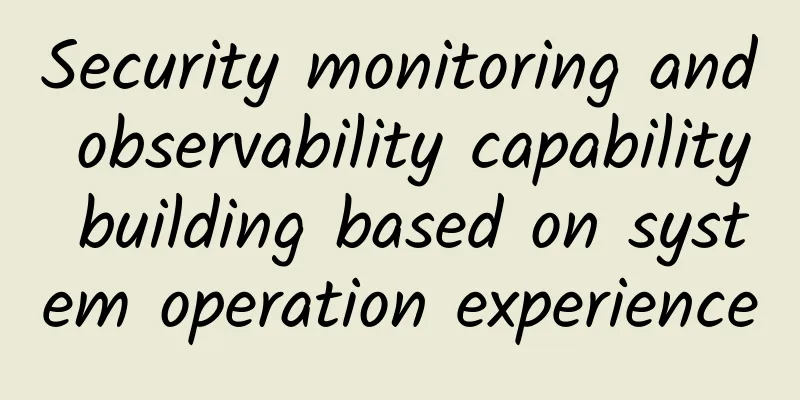Data center careers: Automate or be automated

|
As microservices drive data center automation, IT professionals need to prepare by adding new skills such as DevOps. The relationship between automation and employment is as old as industrialization. As manually performed tasks are automated through technology, some workers may move higher up the skill chain to operate and maintain the machines that do the work, while others may fail altogether. This pattern may play out in different forms over generations, but the lesson is always the same: either you are on the side of automation or you are out of it.
This is a particularly resonant breakdown for today’s IT professionals, as automation will impact much of the industry. So what does automation mean for people’s professions and jobs? Where are people's jobs? First, let's look at what led to the current wave of automation in the data center. A new generation of application development has forced changes in infrastructure, specifically the rise of microservices. The value of these independently deployable, task-specific, modular services is the ability to dynamically adjust the capacity of each service based on the incoming load. This ensures optimal performance and efficiency, but this self-scaling capability is only possible with a high degree of automation and orchestration. In this regard, the rise of microservices has forced changes in their supporting infrastructure. Initially, there were concerns that automation would reshape the entire stack, leading to the disappearance of much of the tactical work that defines data center roles. In reality, the change is more top-down, affecting higher levels of the stack first. Rather than seeing the network itself rapidly automated, the fastest shift is happening at the virtualization layer. The embrace of microservices has driven enterprise demand for hypervisor tools like Kubernetes, Pivotal, and Docker Swarm for easier orchestration. This shift makes it possible to achieve cloud-like speed and efficiency without having to abandon existing capital investments. So what does this mean for people's jobs? First, people are seeing the emergence of scripting as a new technology. The DevOps skill set makes a difference in people's career choices. The second step of the transformation will be the arrival of many microservices-based packaged software, driving the exponential expansion of microservices in the infrastructure. People will see these changes faster than they think, so as system administrators, you need to prepare now to avoid being left behind. The third step will focus on the network. It seemed likely that we would see a high degree of network automation, but this has not happened as quickly as expected. It turns out that automating the network is much more complex than people expected. There is nothing wrong with this approach per se, but if you have a large and complex network, making it more dynamic is not going to happen overnight. It is a slow and methodical process. The rise of microservices is becoming a major driver of cloud adoption. It is faster and simpler to launch Azure or AWS for these applications and use automated software tools to move them to public cloud environments. If you are a network manager managing a Cisco switch and you see the increase in microservices, you will most likely not scale or even automate your network. What needs to be done now? Automate or be automated, today’s data center professionals need to proactively develop skills for scripting and DevOps in a highly automated environment. If you find all this *and* dislocation unsettling, you’re not alone. We’re already seeing automation move far beyond traditional roles in IT. In India, business process outsourcing (BPO) services saw their first layoffs as clients see automation as a simpler alternative to offshoring. Companies like Automation Anywhere are making automation easier to adopt than ever before. Reuters even uses robots to write some news articles. Across the economy, workers of all descriptions will need to move to higher-value roles to ensure their continued relevance. People need to understand the positive side of this. If people can do this early and put it on the transformation, there are a lot of opportunities. There is an incredible demand for DevOps engineers in the enterprise right now. It can profoundly change the direction of an enterprise career. It is always better to automate than to be automated. |
<<: WiFi beginners guide: 4 things you need to know
>>: 6 AI Elements You Need for a Wireless Network Strategy
Recommend
On the day of the Chinese college entrance examination, most of the Internet in the world was paralyzed by this "small company"
On June 8, while the college entrance examination...
Operators’ 5G half-year exam: With the difficult epidemic, high expenditures and low profits, how can they withstand the pressure in the second half of the year?
The sudden outbreak of the novel coronavirus pneu...
Juniper Networks combines Mist AI with Intelligent Session SD-WAN and SRX secure branch gateways to deliver the best user experience from client to cloud
As a leader in providing AI-driven secure network...
Saudi Arabia's 5G construction is developing rapidly
The Gulf Cooperation Council (GCC) countries have...
A "versatile" network tool - Access Control List (ACL)
Peripheral routers, firewalls, and internal route...
The three major operators were forced to delist from the US: the impact was not significant but the intention was obvious
On December 31 last year, the New York Stock Exch...
Goodbye, endless pop-up ads
In recent years, with the rapid development of mo...
Application and standardization status of IPv6 technology in ubiquitous network perception extension layer
1. Basic concepts of ubiquitous network Ubiquitou...
Riverbed Launches Two New Visibility Solutions to Enable 360-degree View of Enterprise IT
[51CTO.com original article] Riverbed recently an...
Twenty trends that will impact the information and communications industry in 2023
Attack and start again! As we bid farewell to the...
The difference between hybrid WAN and SD-WAN
The concepts of hybrid WAN and SD-WAN are often m...
Analysis on the application of narrowband Internet of Things (NB-IoT) in traffic infrastructure safety monitoring
Safety monitoring of transportation infrastructur...
Five strategies for enterprises to start 5G digital transformation
Of course, 5G has been in the spotlight in 2020. ...
What is the network VRRP protocol, and can it really solve network stability issues?
With the rapid development of the Internet, vario...
It will take time for 5G to achieve a breakthrough from "1 to N"
[[402114]] Recently, the Ministry of Industry and...









